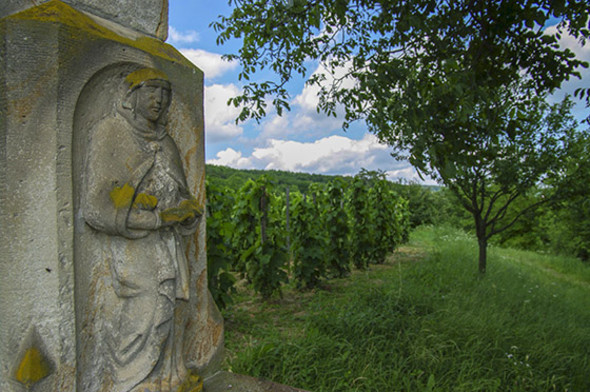A strict yet helpful, or at least a private opinion, intended as a wake-up call follows regarding the Zala wine region. Even at the time of writing the Hungarian Wine Atlas (2012), I had to mention the fact that the two districts of the wine region were in fact three. Kristian Kielmayer had already written about this in 2009; the situation has not changed since either. The vines of the Keszthely Hills wine region are located on basalt, whereby the wines produced here (if any) are, or should be, much closer in their structure not only to those from the Balatonfelvidék wine region’s similar basalt soils, but also to those from Badacsony.
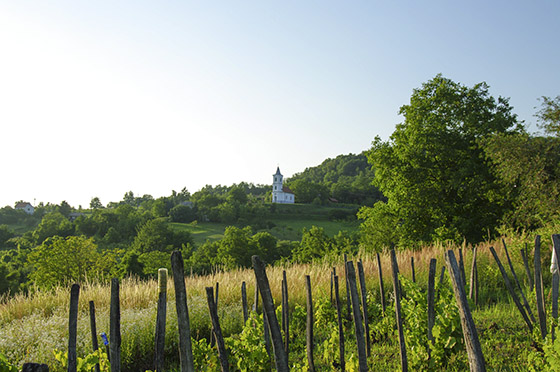
Church in the vineyard by Daniel Ercsey
Their classification within the Zala wine region is, in my view, confusing and unjustified, their place should be elsewhere. The area surrounding Szentgyörgyvár near Hévíz as well as the villages of Zalakaros, Zalaszabar, Orosztony, Diókál is also part of the Balatonmellék district (which includes the basalt area already referred to) and it has a logical and ecological connection to the Balaton, so you expect to taste Balaton wines from here too. Resurrecting the Balaton wine region, currently in a lifeless state, could help in the future. The vineyards near Zalaszentgrót and Csáford Hill are too far from the Balaton for them to have any real relationship with the lake or the tourists around the lake, while the Mura Valley along the Croatian and Slovenian border has a completely different style of wine, much more closely related to that of the Slovenian and Croatian producers and their terroir, rather than that of the previously mentioned regions. Who wouldn’t see the philosophical connection between the wines of Bussay ten years ago and those of Slovenian Marof now?
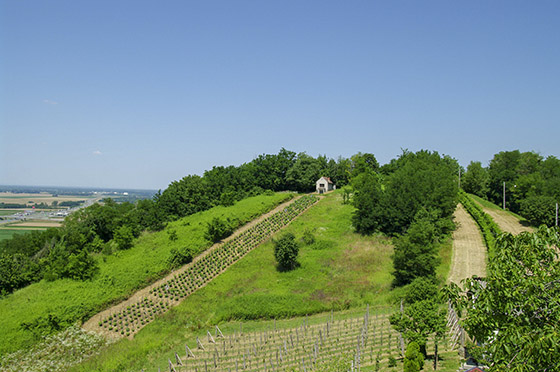
The vineyards of Tornyiszentmiklós are in Hungary, the background is Slovenia (Photo: Daniel Ercsey)
Meanwhile, the countryside stretching from Nagykanizsa to Letenye (including the wonderful Homokkomárom) was only a wine-producing area in the past; nowadays, you can only see old, ruined press houses there. Based on the vineyard cadastre, the area of the Zala wine region is about 6,300 hectares of which 4,100 hectares are premier cru. The overly optimistic data from 2012 that 1,600 hectares are under vine were replaced in 2017 by the HNT’s (National Council of Wine Communities) more sobering figure of 590 hectares. What’s the point of a wine region whose producers cannot compare their wines with each other? Especially when you could do so with the wines of other wine regions? Should they make Balaton wine next to the Mura too? Should the basalt-born wines from Vindornyaszőlős be the wine region’s flagship wines? Can there even be a face or message from such a scattered, fragmented region whose districts don’t fit together? I don’t think so.
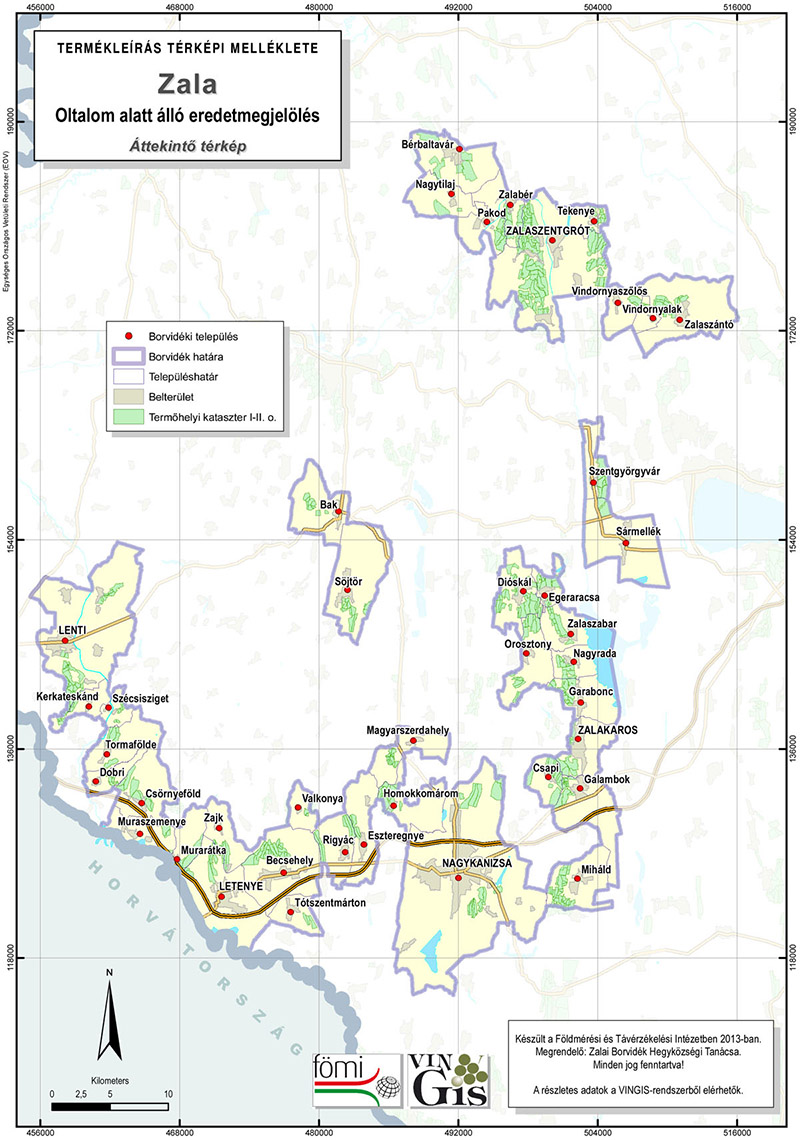
The Zala wine region's map
Nor can those in the wine region find a suitable message to communicate since in the absence of consensus, the basics cannot be formulated. It would be worthwhile to override the wine region system, to convert to the wine districts and to formulate a sub-regional position under these which actually relates to the present. Until this happens, only outstanding wineries remain in the eyes of consumers, island-like within the dissipating fabric of the Zala wine region.
Zala wine region
In 1998, the Zala vineyards were once again classified as a wine region. Since then, the wine region’s name was renamed from the original Zala to Balatonmellék and then changed back to Zala. The vineyards, except for Bérbaltavár, are located in Zala county, but within two districts.
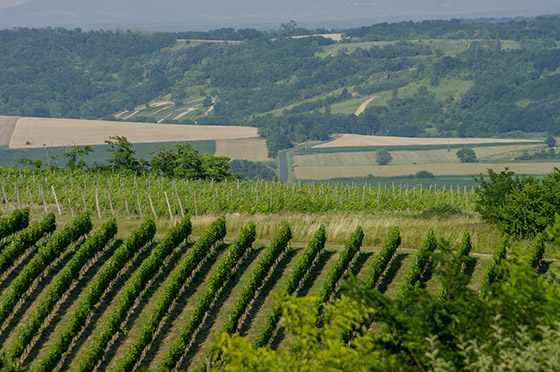
The Csáford hill by Daniel Ercsey
The Mura district is situated along the Croatian and Slovenian borders. This is Hungary’s wettest region with an annual precipitation of 900mm whereas the Balatonmellék district is closer to 650-700mm per year. The temperature conditions are more balanced than the national average thanks to the air masses flowing from the Adriatic. The annual sunshine hours of 1,900-2,000 is significantly influenced by the amount of cloud cover, so this value is low compared to other Hungarian regions at the same latitude. Vineyards in some of the wine region’s communities (Vindornyalak, Vindornyszőlős and Zalaszántó) can be found on basalt bedrock.
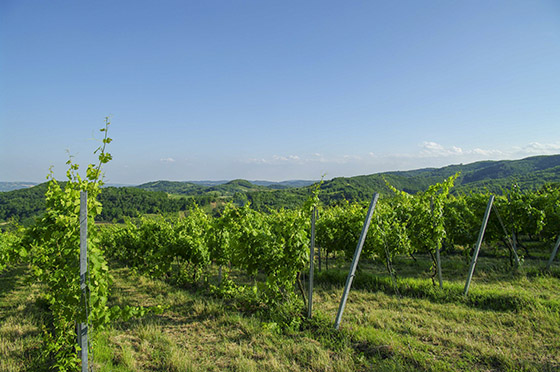
Vineyards in Zala by Daniel Ercsey
There’s loess around Zalaszentgrót (this also includes the Csáford vineyard) while the Zalaszabar, Orosztony and Nagyrada soils are based on loam and loess sediment, just like the Mura Valley vineyards. The exceptions are the Kerkateskánd and Lenti vineyards, whose soils are covered with a layer of gravel from the Pannonian era. The wine region’s product specification names two of the most famous geographical units: Vörcsöki Hill, which today belongs to Csörnyeföld, and the loess-bedrock vineyards of Pogányvár, Dióskál and Orosztony vineyards.
This piece has already been published in Hungarian in the Pécsi Borozó 2018/3 issue.



